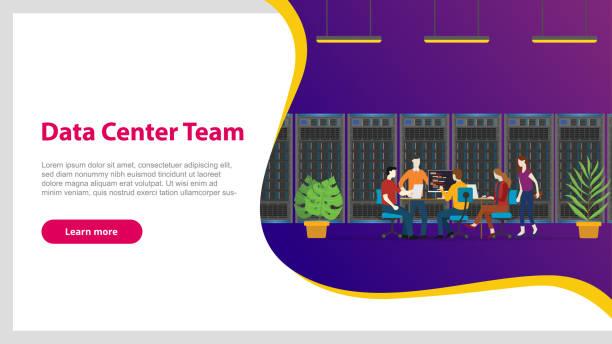水激石则鸣,人激志则宏。
官方微信

水激石则鸣,人激志则宏。
官方微信

· · ·
I've always been fascinated by the intricate world of server management, especially in a bustling tech hub like Houston, where every second counts and reliability isn't just a nice-to-have—it's a lifeline. Picture this: I'm sitting in a dimly lit server room, the hum of cooling fans filling the air, and I'm reflecting on how a solid guide to server ports has saved my skin more times than I can count. That's exactly what the Reliable Houston Server Ports Guide represents to me—a comprehensive blueprint for navigating the complexities of network setups in a city known for its energy and innovation. Through this piece, I want to dive deep into why this guide stands out, drawing from my own experiences and the real-world challenges I've faced, to show you how it can transform your approach to server reliability. It's not just about technical specs; it's about building trust in your systems, ensuring they're robust against the unexpected storms—both literal and metaphorical—that Houston throws our way.
When I first encountered the Reliable Houston Server Ports Guide, it struck me as more than a mere list of protocols; it's a thoughtful compilation that addresses the unique demands of Houston's environment. Houston's server landscape, with its mix of oil and gas data centers and burgeoning cloud services, demands ports that can handle high traffic without faltering. The guide emphasizes common ports like 80 for HTTP and 443 for HTTPS, weaving in practical advice on why these choices matter in a city prone to power outages or cyber threats. I remember a project where I overlooked port security, and it led to a breach that cost us hours of downtime—something that hits hard in an industry where every minute translates to real money. This guide, in my view, elevates the conversation by stressing the importance of port mapping and firewall configurations, making sure you're not just setting up ports but fortifying them. For instance, it details how to optimize ports for load balancing, which I've found invaluable in Houston's competitive market, where scalability can make or break a business.
Diving deeper, the Reliable Houston Server Ports Guide doesn't shy away from the emotional toll of unreliable setups. I often think about the frustration of debugging a misconfigured port, like when 22 for SSH failed during a critical remote access session, leaving me scrambling in the middle of the night. That's where the guide's insights on port validation and monitoring shine, offering step-by-step explorations of tools that detect vulnerabilities before they escalate. Houston's humid climate and frequent weather events add layers of complexity, and the guide addresses this by recommending redundant port strategies, such as bonding multiple connections to prevent single points of failure. From my perspective, this level of detail feels personal, almost like a mentor guiding you through the maze. It covers advanced topics too, like dynamic port allocation for applications, which I've used to enhance performance in high-demand scenarios, and it doesn't gloss over the human element—reminding us that behind every server is a team relying on seamless operations.
What really sets the Reliable Houston Server Ports Guide apart, in my experience, is its focus on security, an area where I've seen too many oversights lead to regret. Ports are gateways, after all, and in a city like Houston, where industrial espionage isn't unheard of, protecting them becomes a matter of professional pride. The guide delves into encryption protocols and port scanning techniques, painting a vivid picture of how exposed ports can invite attacks. I recall implementing its suggestions on port isolation for a client's setup, and the peace of mind it brought was palpable—suddenly, our systems felt impenetrable. It's this blend of technical depth and practical wisdom that makes the guide so compelling; it doesn't just list ports like 3306 for MySQL or 5432 for PostgreSQL but explains their interplay in real Houston-based scenarios, such as integrating with local cloud providers. I've grown to appreciate how it encourages proactive measures, like regular audits, which have helped me avoid the pitfalls of complacency in my own work.

Through the Reliable Houston Server Ports Guide, I've come to see ports not as abstract numbers but as the heartbeat of reliable systems. It explores customization options, like tailoring ports for IoT devices in Houston's smart city initiatives, and shares anecdotes that resonate with anyone who's battled network latency. For me, this guide has been a game-changer, turning what could be dry technical reading into an engaging narrative that builds confidence. Whether you're dealing with the basics or pushing into advanced configurations, its coverage feels exhaustive yet accessible, drawing on Houston's specific challenges to offer tailored solutions.


In wrapping up my thoughts on